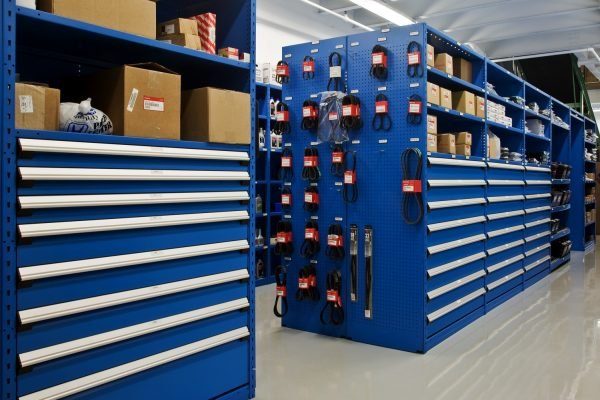
You’re probably wondering how to start. First off, consider the types of hardware you’re handling. Whether it’s hinges, doorknobs, or latch kits, they all need a home! Think of each type as a piece in a puzzle; keeping them tidy makes it easier to find what you need when the moment arises. Let’s dive into how to properly store those spare door hardware components for future use.
Why Proper Storage Matters
Storing spare door hardware properly isn’t just about neatness. It also ensures that components remain functional and ready for use when you need them. Moisture can wreak havoc on metal parts, leading to rust, while disorganization can lead to lost pieces and wasted time. If you’ve ever dealt with that sinking feeling of not finding what you need, you know why this matters.
Consider this: improperly stored hardware can become a chaotic mess, making DIY projects take longer than necessary. Keeping everything organized is like having a toolbox that magically knows where everything is. Plus, when you have an efficient system, you can tackle repairs or upgrades without a second thought, saving you both hassle and money in the long run.
Choosing the Right Storage Containers
When it comes to storing spare door hardware, the storage container you choose can make all the difference. Here are some popular options:
- Plastic bins: These are ideal for larger components like hinges and handles. Look for stackable options to save space.
- Small tackle boxes: Perfect for tiny items like screws and fasteners, these boxes often have removable dividers for customization.
- Ziploc bags: Cheap and effective, these are great for grouping similar items together. Just make sure to label them!
Each option has its perks, but the key is to pick something that fits your space and quantity of hardware. Transparency is also helpful—clear containers let you quickly see what you have without digging through everything.
Organizing Components by Type
One of the best ways to keep your spare door hardware organized is by grouping items by type. This method saves time when you need something specific. For example, keep hinges with hinges, screws with screws, and so on. Here’s a simple way to do it:
1. Gather similar items: Start by collecting all the hardware pieces you have.
2. Sort by category: Create distinct groups, such as knobs, latches, hinges, and screws.
3. Label everything: Use sticky labels or a marker to clearly identify each container.
Imagine digging through a box labeled “Miscellaneous” only to find everything tangled together. By organizing your components this way, you’ll avoid that headache!
Labeling For Easy Access
After sorting, labeling is your next big step. Believe me, you don’t want to play a guessing game when you’re in the middle of a project. A well-placed label can save you a lot of time. For best results:
– Use waterproof markers to ensure the labels remain legible over time.
– Include the quantity of items inside. This way, you’ll know if it’s a good idea to buy more.
– Place labels on the front of the containers for easy viewing.
Think of labels as a roadmap; they guide you straight to what you need without any detours.
Storing in a Climate-Controlled Environment
Humidity and temperature can affect metal components. For instance, if you store your door hardware in a damp basement or an overly hot attic, you might end up with rusted parts. A climate-controlled environment is ideal for preserving the lifespan of your hardware.
If you can, aim for a dry, cool place. A garage or a well-ventilated closet can work, just make sure it’s not prone to temperature swings. You want your spare door hardware to stay in top shape, ready for action when you need it.
Regularly Reviewing Your Inventory
Storing hardware is just the first part of the equation. You also want to make sure you’re not holding onto components you no longer need. This is where a regular review comes in handy. Set a reminder every six months to check your inventory. During this check-in, ask yourself:
– Do I still need this component?
– Is it still in good condition?
– Am I running low on any essential items?
By doing this simple maintenance, you can declutter and ensure you have exactly what you need without unnecessary duplicates laying around.
Final Thoughts on Storing Door Hardware
Managing spare door hardware components doesn’t have to be a chore. With the right storage solutions, organization strategies, and regular inventory checks, you can ensure your hardware is ready for future projects. Think of this process as setting up your DIY workstation for success.
So next time you’re about to tackle a door repair, you can do so with confidence, knowing exactly where everything is. Keeping your spare door hardware organized will make your life easier and your home maintenance smoother. Remember, a little effort upfront can save a lot of frustration in the future!
